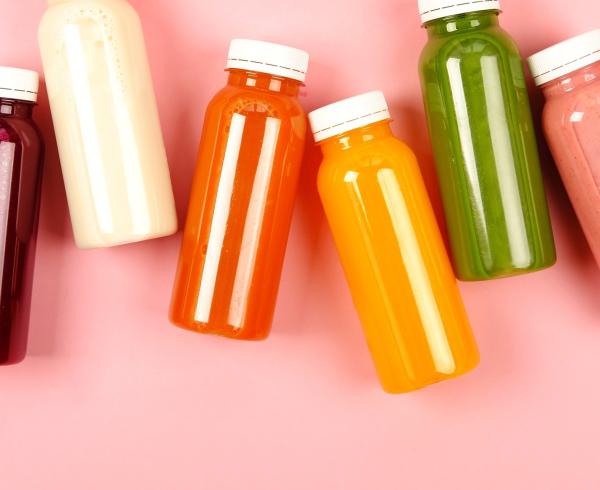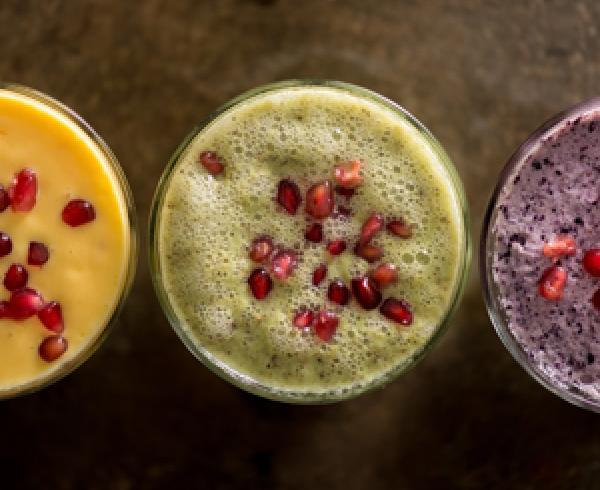References
1-3. Euromonitor, June 2023.
4. FMCG Gurus, Non-Alcoholic Beverages Survey - USA, 2021.
5. Glanbia Nutritionals, Global Consumer Usage & Attitude Study - US, 2023.
6. Innova Market Insights, Trends Insider: Global Healthy Aging: A Generational Approach, December 2023.
7. Mintel, Energy Drinks – US, 2023.
8. Glanbia Nutritionals, Global Consumer Usage & Attitude Study - US, 2023.
9. Innova Database, 2024.
10. Innova Trends Survey, 2024.
11. Glanbia Nutritionals, Healthy Snacking Usage & Attitude Study, 2022.
12. Innova Market Insights, Category Insider: RTD Sports, Fitness and Energy Drinks in the US - December 2022.






